Understanding the differences between food preservation methods and what that means for the viability of your food storage is important. We break down freeze drying and dehydrating so you can choose the best method for your needs.
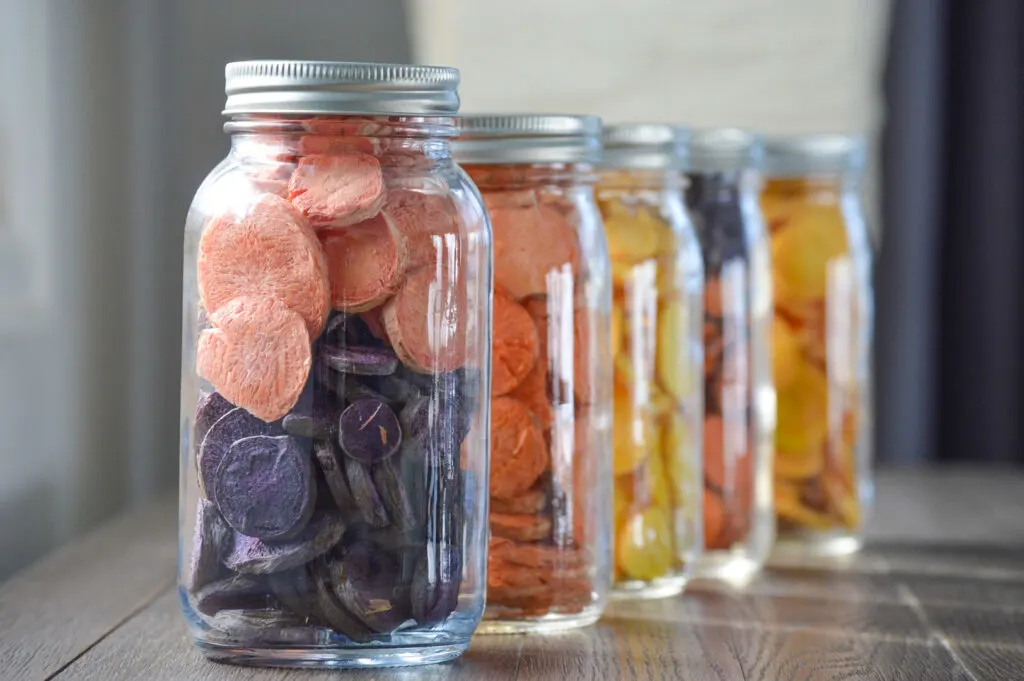
Long before I understood what “food storage” was, I was a fan of dehydrating food to make fun snacks. Adding sliced or pureed apples, bananas, and strawberries to the trays and having bags full of sweet, chewy snacks was my favorite. I had no intention of any long-term storage. At the time, the purpose was for immediate consumption.
Fast forward a few years and I was more “grown up” and thinking of the future, how to keep my family fed in the event of a crisis or natural disaster. Having healthy, preserved food always on hand seemed like a smart thing to do. After some research, I learned that dehydrating may not be the best option for long-term food preservation.
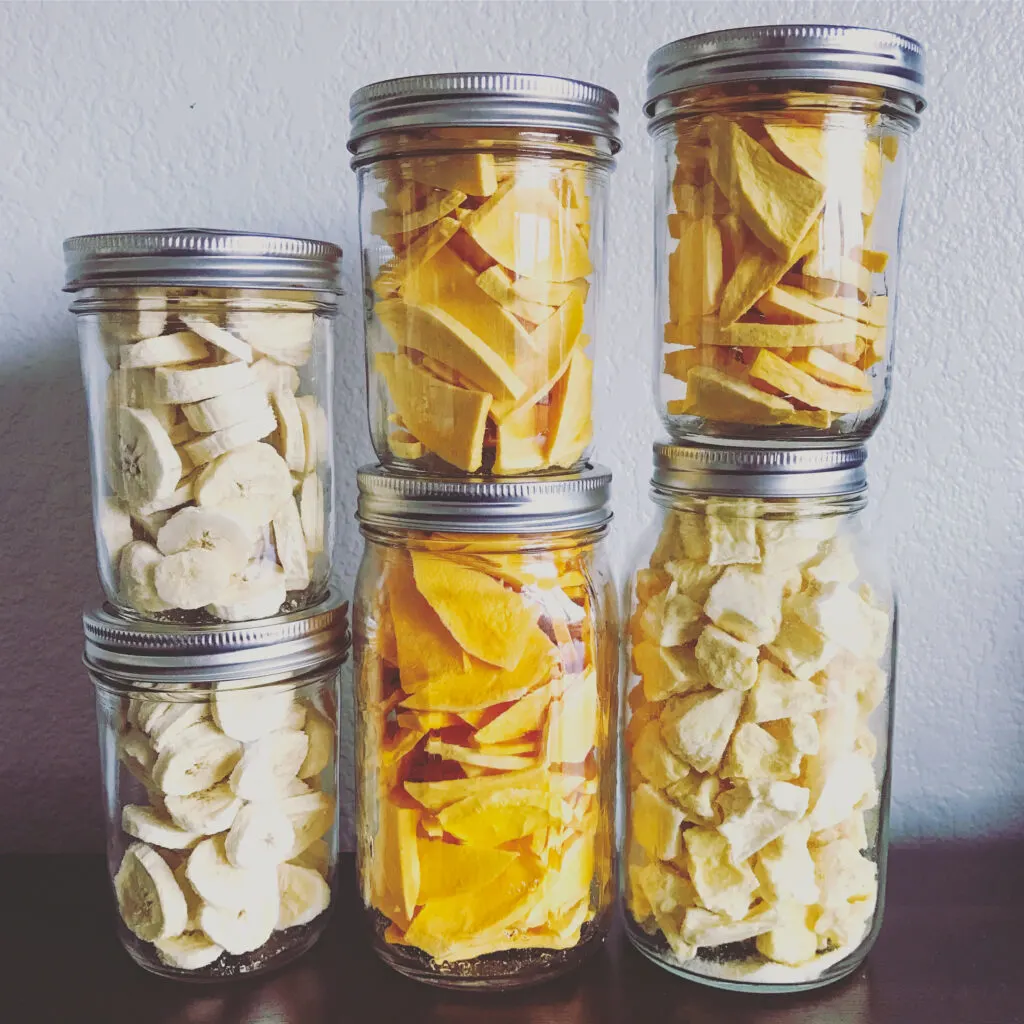
But why? And what was the best option?
I had seen freeze dried fruits in tiny bags at the grocery store. They weighed nearly nothing and cost much more than I thought was acceptable. Even looking through long-term food storage websites that sold #10 cans of freeze-dried food (ranging from fruit and veggies to meats and dairy) and bags of camping meals, I still thought the cost was a bit too high, and many products have added ingredients I was not comfortable consuming.
Purchase An At-Home Freeze Dryer
We highly recommend Harvest Right Freeze Dryers for optimal food storage results. In addition to freeze dryers in 3 sizes, they also offer different vacuum pump options, as well as accessories to make freeze drying easier.
For us, the only reasonable solution was to freeze dry our own food at home. We decided to purchase the medium (4 tray) freeze dryer from Harvest Right. We’ve had it since February 2017 and have preserved so many different types of food.
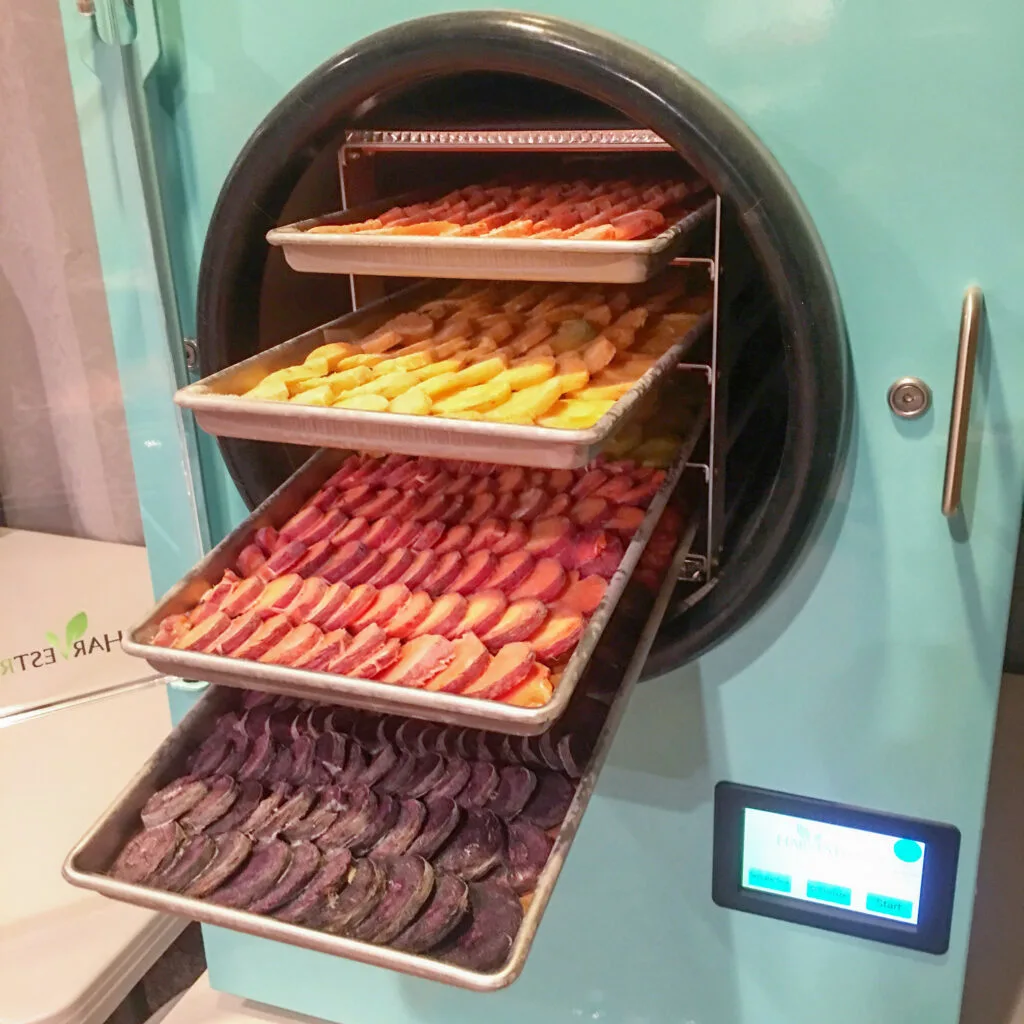
However, just because we freeze dry for long-term food storage doesn’t mean we tossed the dehydrator in the trash. We still use that as well, it serves an entirely different purpose for us. In addition to just plain fruit, we like to make fruit bars & jerky. Lots of snacks that are perfect for school, camping, and hiking.
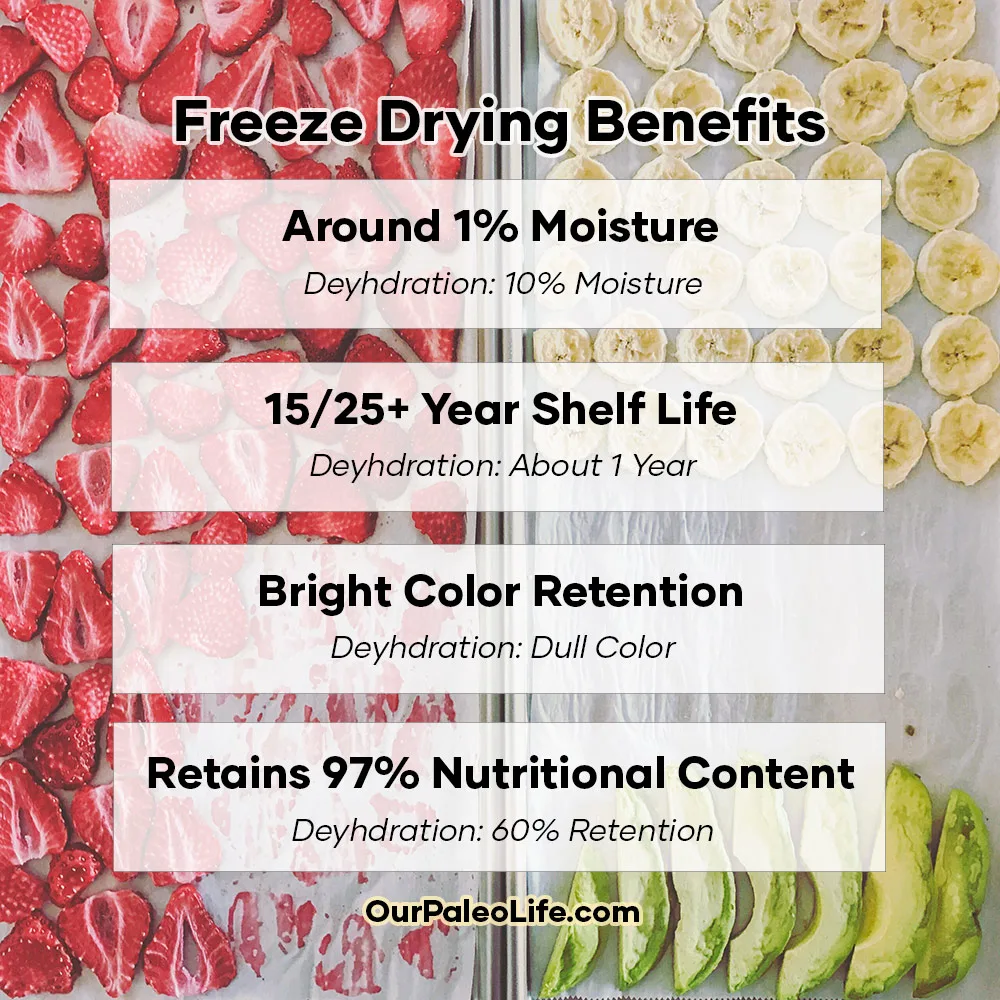
What are the differences between freeze dried and dehydrated foods?
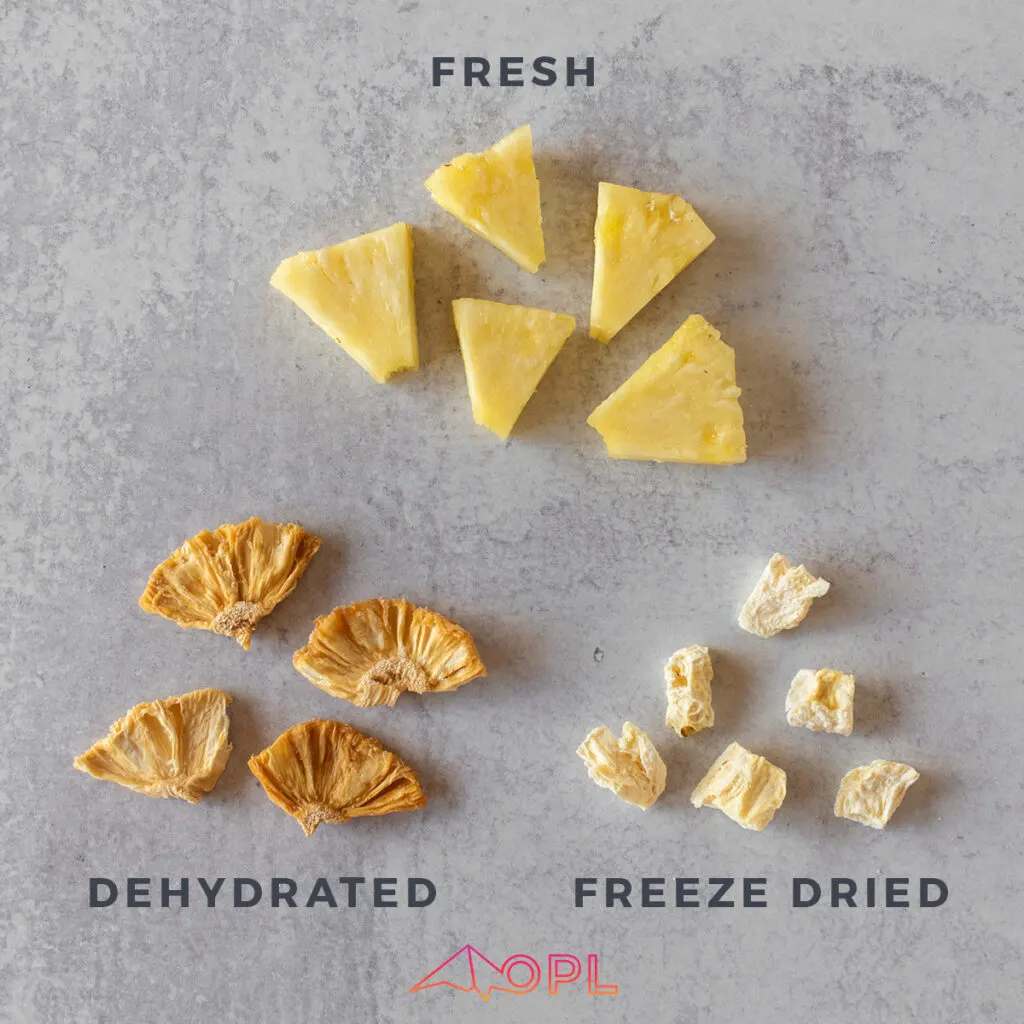
Dehydrated Foods
- Retains moisture, resulting in a shorter-term shelf life & softer, more chewy product
- Foods shrivel and lose their original appearance
- Flavor changes, not always true to the original flavor
- Cannot be re-hydrated to original state
- Uses heat to dry, which diminishes the nutritional benefits
- The types of food you can dehydrate are limited
Freeze Dried Foods
- Removes all liquid, resulting in a long-term shelf life and a crisp, airy texture
- Foods retain close-to-original appearance
- Flavor stays true to the original in most instances
- Can be re-hydrated to close to or exactly the original state
- Flash-freezes before drying, preserving the nutrients
- You can freeze dry nearly anything (with the exception of foods that have very high fat content – like butter – or high in sugar – like honey)
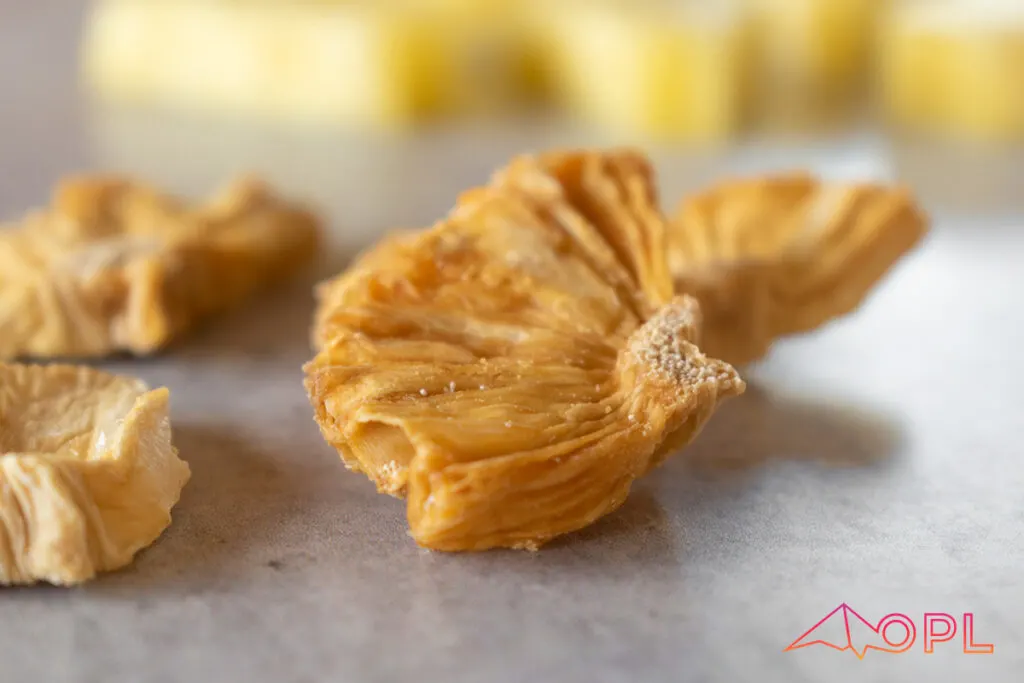
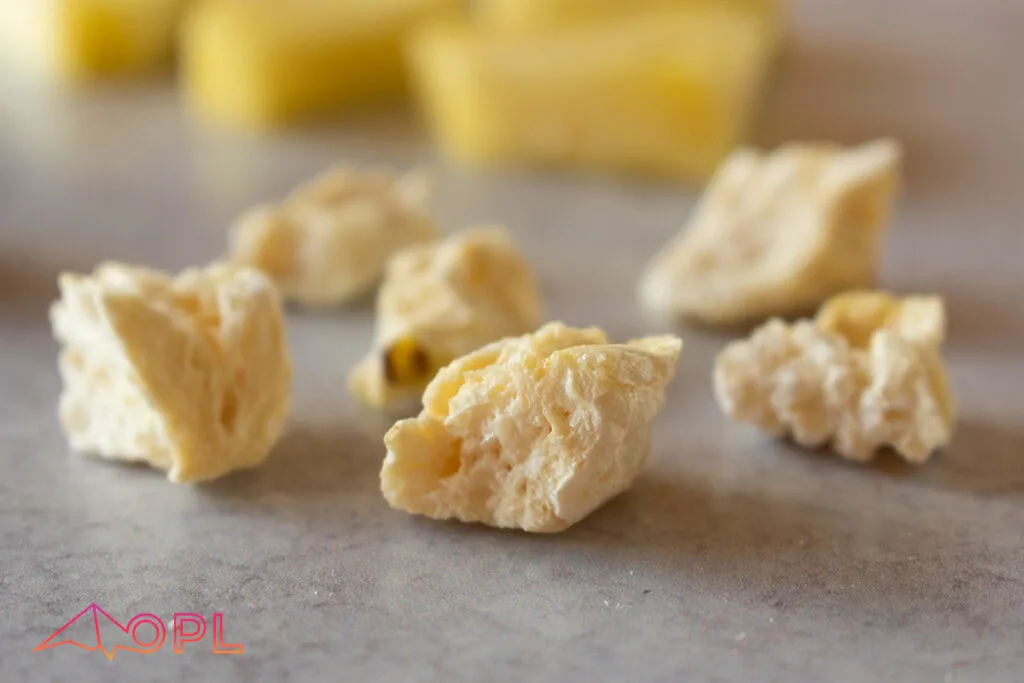
Let’s take pineapples for example. The images above shows the obvious differences between fresh, dehydrated, and freeze dried pineapple. But how does that translate to actual storage times?
- Fresh Pineapple (stored in the fridge): up to 5 days
- Dehydrated Pineapple (unopened, stored at room temp): approx. 12 months
- Freeze Dried (unopened, stored at room temp): approx. 10 years
Dehydrating the pineapple extends the shelf life 73x longer than fresh, but freeze drying it extends it 730x longer! I mean, not that it will last that long because it’s delicious, but if you have the willpower not to open the container, you can be enjoying your pineapple chunks 10 years from now.
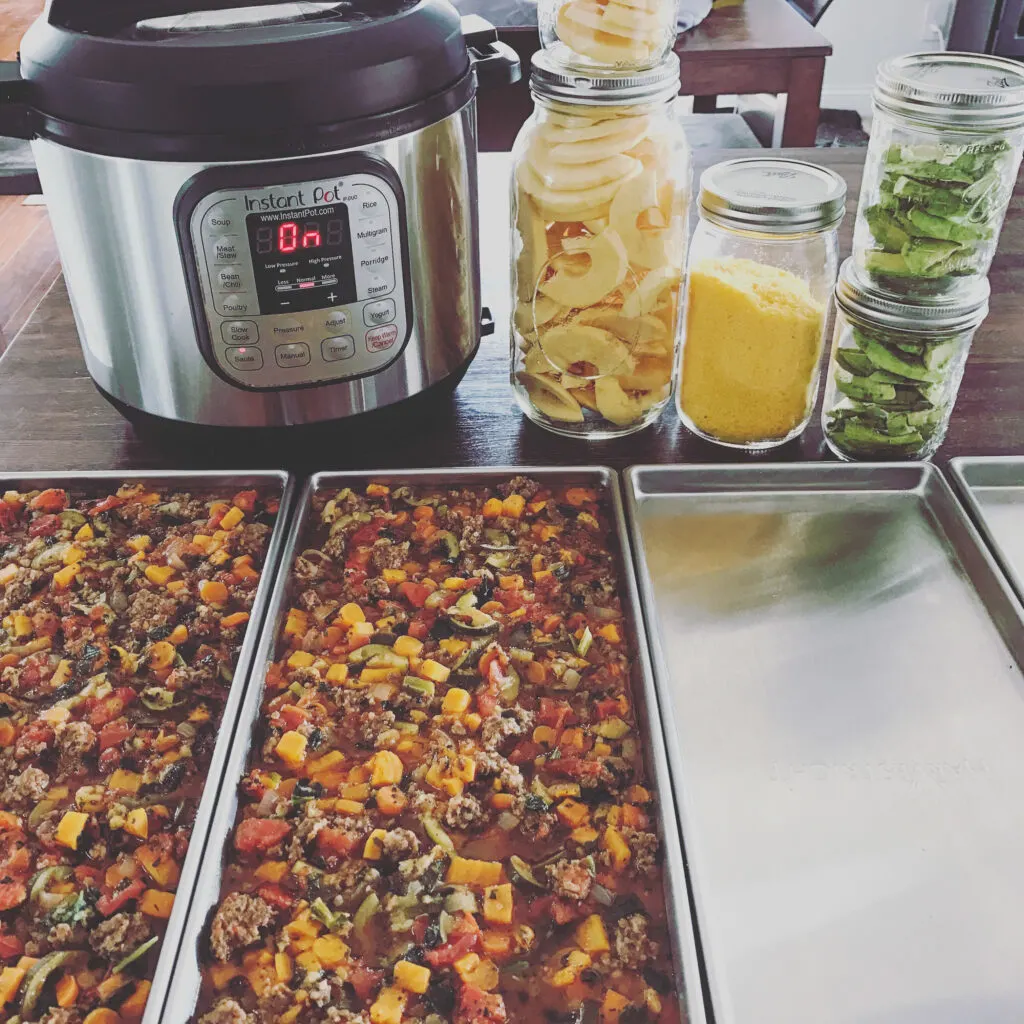
One of my favorite things to freeze dry is minestrone soup. I make a batch in the Instant Pot, divide the freshly-cooked soup between the 4 freeze dryer trays, and into the freeze dryer they go. Once completely dried, they are ready to be packaged in single-serving size mylar bags for long term storage. When ready to eat, just add boiling water to re-hydrate. Hearty homemade camping meals!
Purchase An At-Home Freeze Dryer
We highly recommend Harvest Right Freeze Dryers for optimal food storage results. In addition to freeze dryers in 3 sizes, they also offer different vacuum pump options, as well as accessories to make freeze drying easier.
Something I learned after making that first batch of minestrone in the photo above: always use tray liners. Whether it’s a reusable liner or simple sheets of parchment cut to fit, use something to separate the food from the metal trays. Life is happier when the food easily comes off the trays.
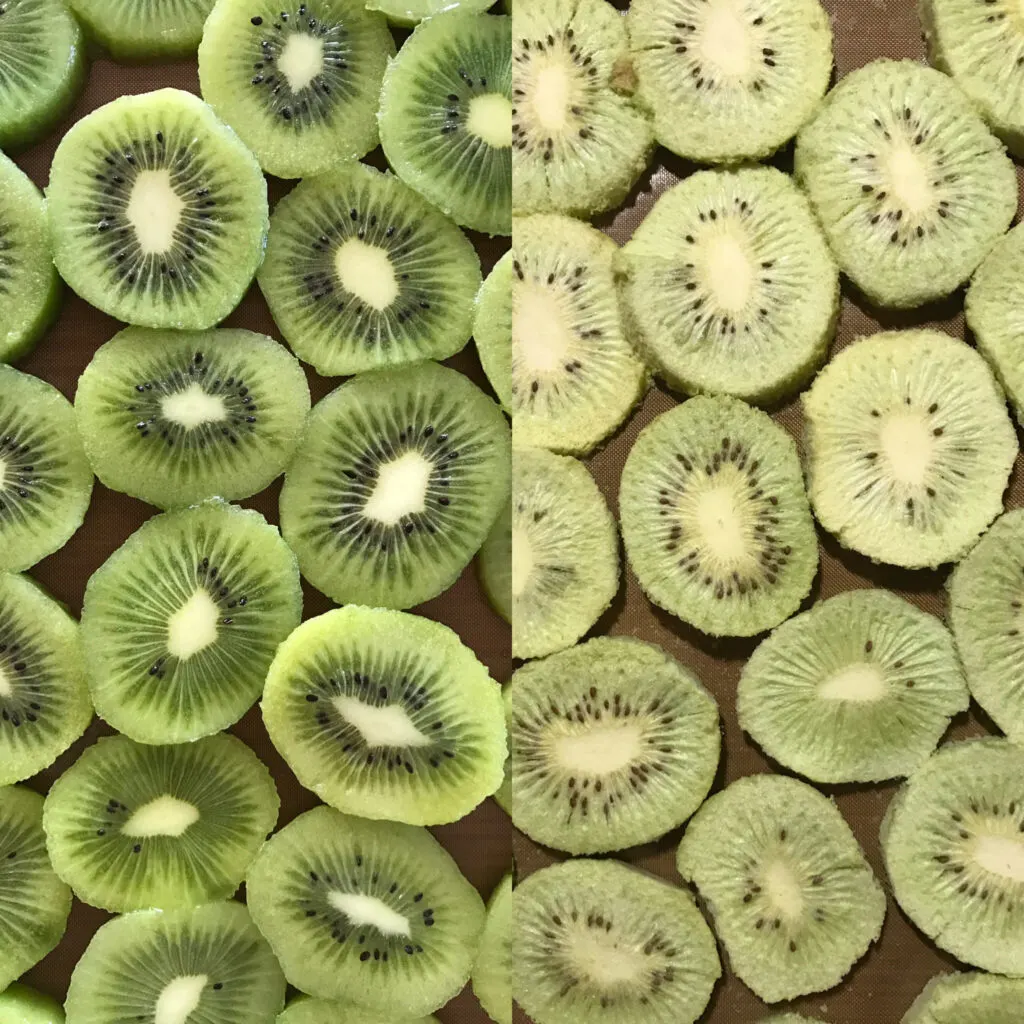
What is the best packaging for storing freeze dried foods?
Depending on your storage needs (long-term, short-term, or immediate use), there are a variety of container and storage options.
For immediate use (consuming within a month or so) – We like to use basic zip-top bags or glass canning jars. Just be sure you are closing the container as soon as you take what you want, otherwise the food will get soft from any humidity (even in dry climates like where we live). This is best done in small containers (no larger than quart-sized bags or 16oz canning jars).
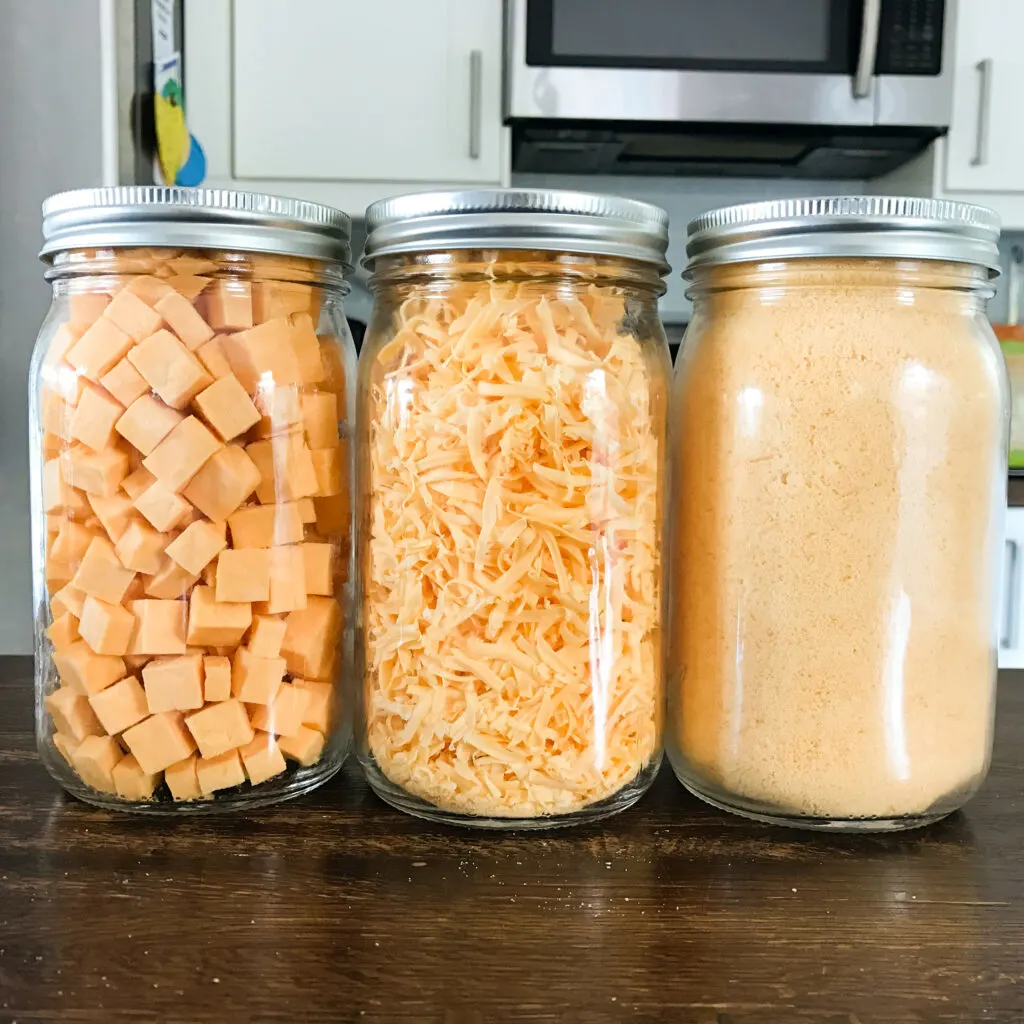
For short-term storage (consuming within a year) – Mylar bags, FoodSaver-style bags, and canning jars are ideal. An appropriately-sized oxygen absorber for the size container you are using should be added to each container. This prevents moisture from ruining your dried food. If using canning jars, removing all air with a vacuum intended for jars is the best option.
For long-term storage (food storage for up to 30 years) – Mylar bags are best here. They keep out all light and have additional layers of barrier material that clear bags do not have. Place an oxygen absorber in the bag and seal it with a heat sealer. An extra step to ensure proper storage would be to keep the sealed mylar bags in a clean 5-gallon bucket and seal the lid on. Keeps out critters, light, and moisture.
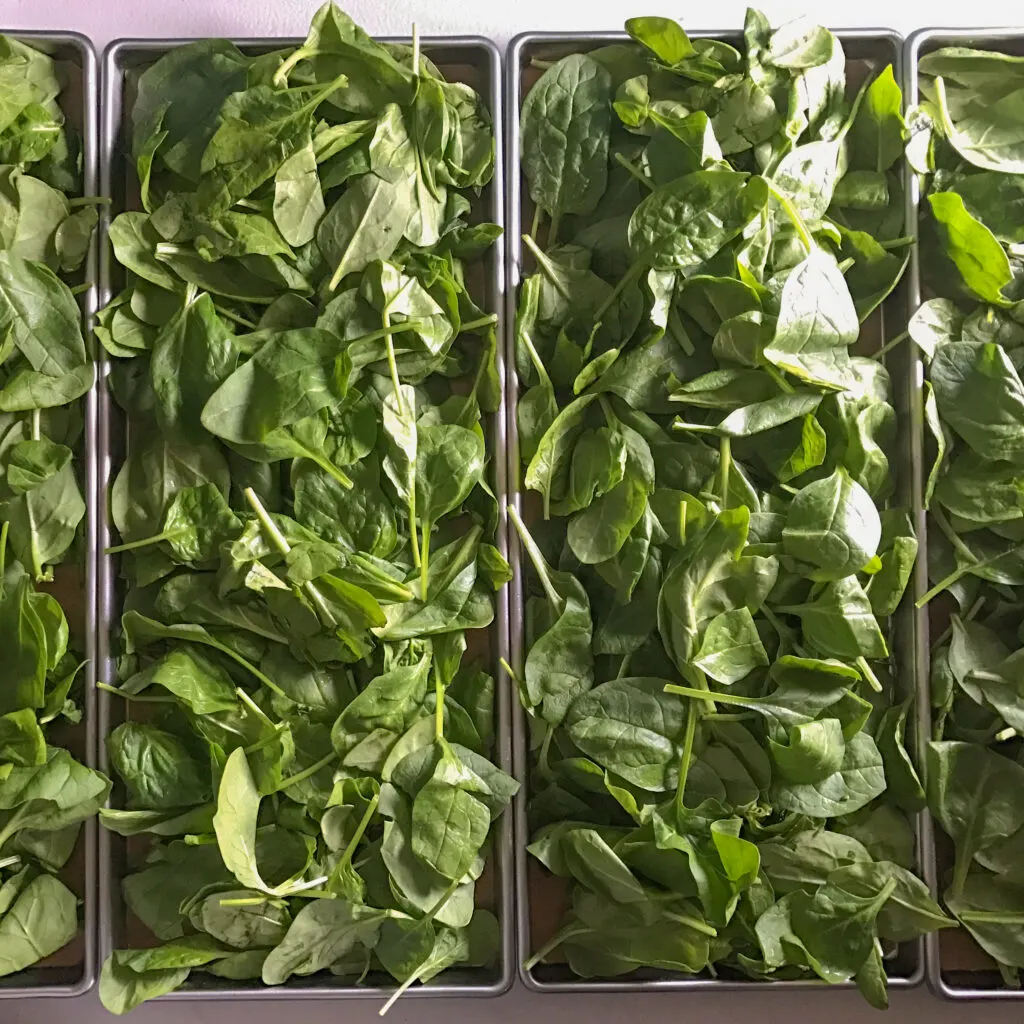
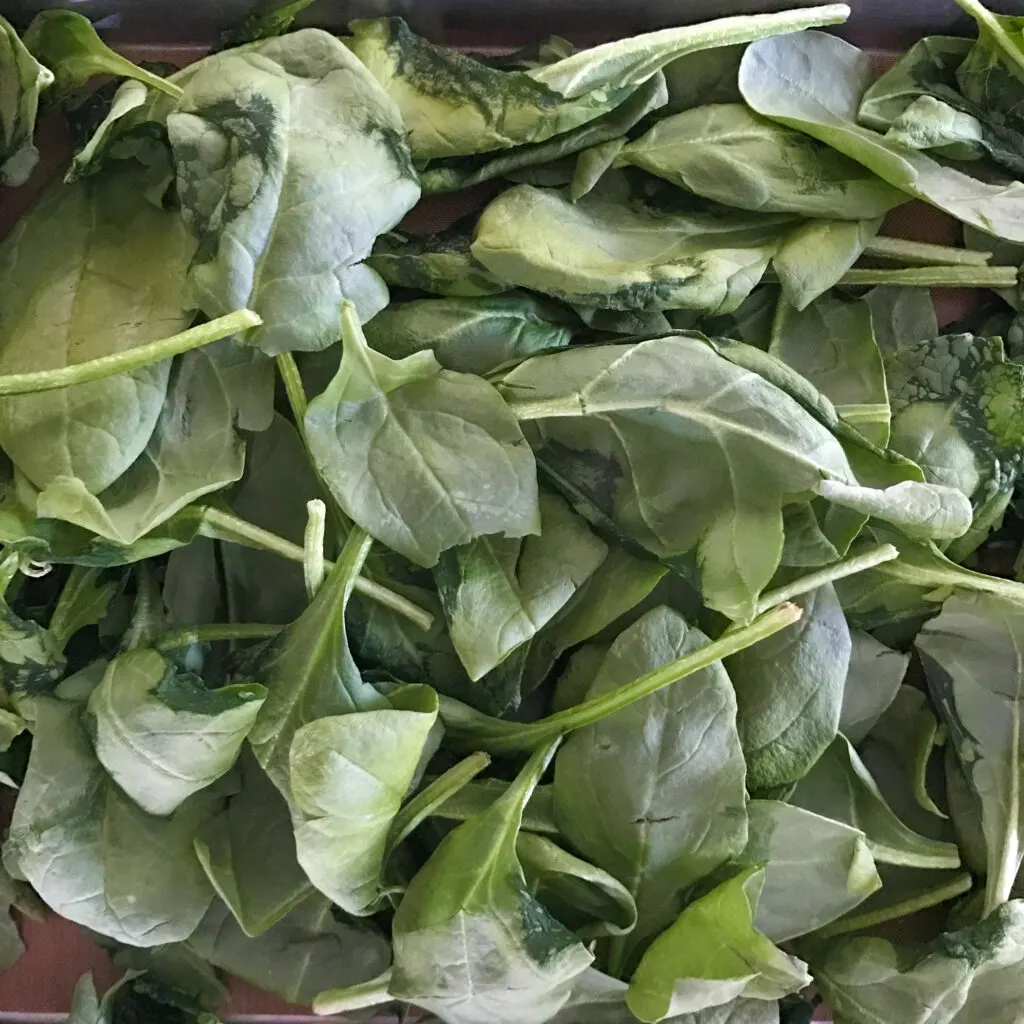
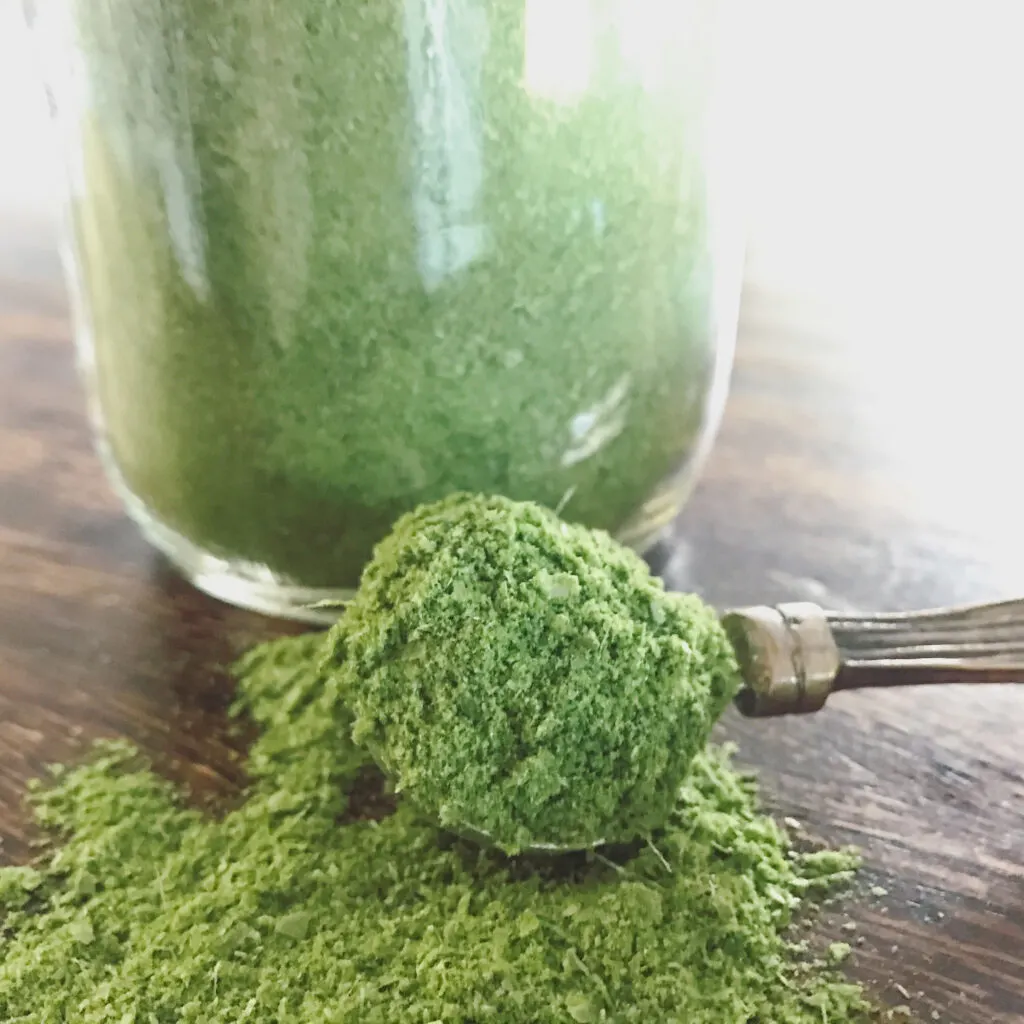
One of the things I love about freeze drying is that you can powder the food to be used in a variety of ways. You can take a Costco-sized bag of spinach leaves, pack it into two cycles in the freeze dryer, and powder it all down to a single 32oz canning jar. We love adding the spinach powder to our scrambled eggs. Natural food coloring PLUS added nutrients.
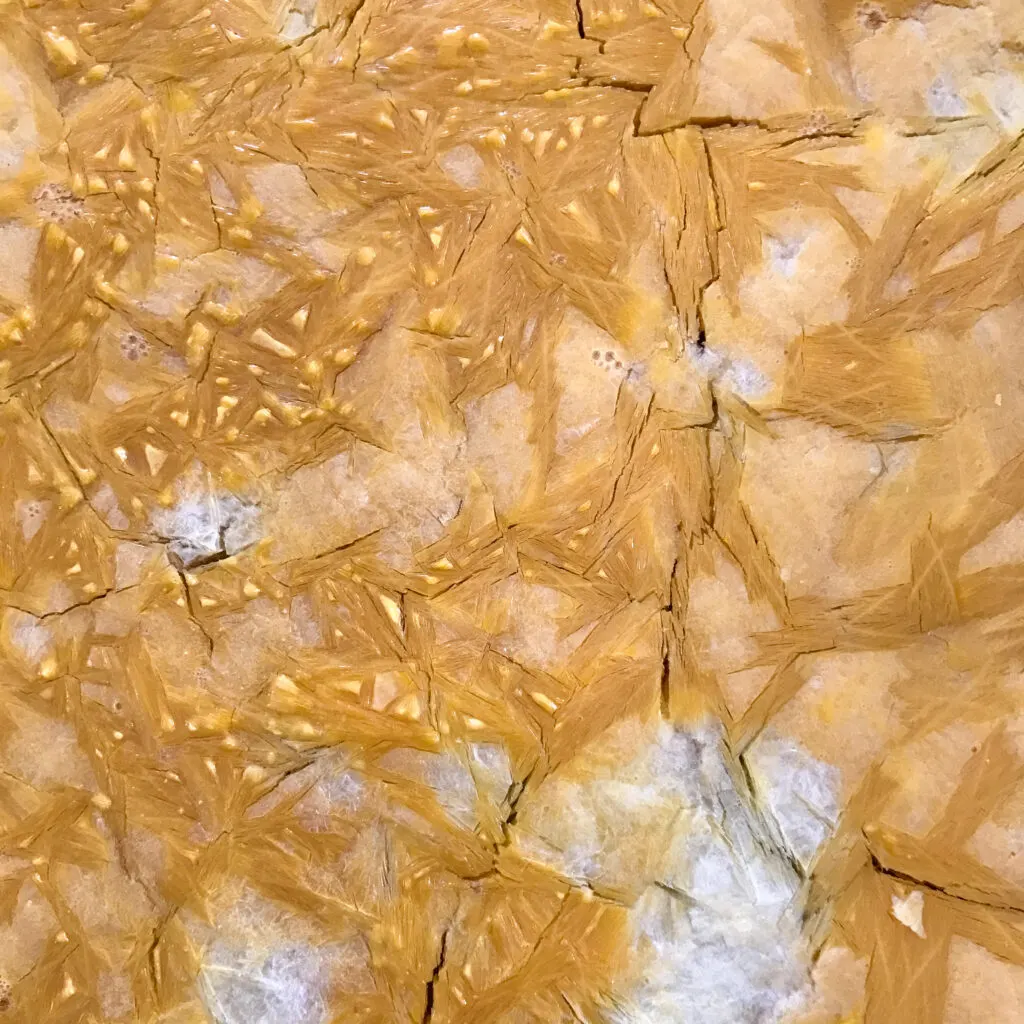
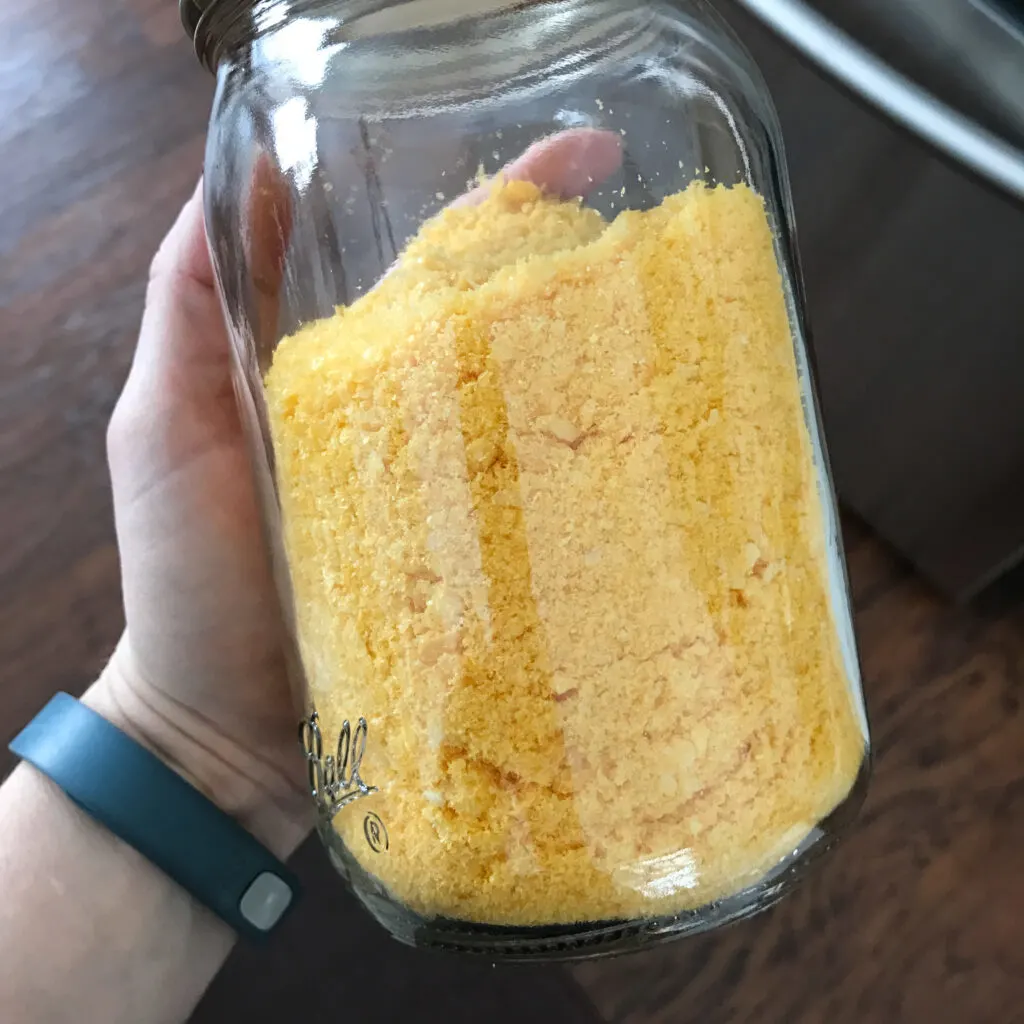
And speaking of eggs, you can also freeze dry eggs. We’ve taken raw eggs, scrambled them, poured them on all 4 trays, and prefroze them. I prefer to prefreeze liquids like this, makes it easier to transfer into the freeze dryer and also reduces the time it takes for the freeze dryer to work. Toss the dried eggs in the blender or food processor and blend into a powder. Now you’ll have eggs available for decades!
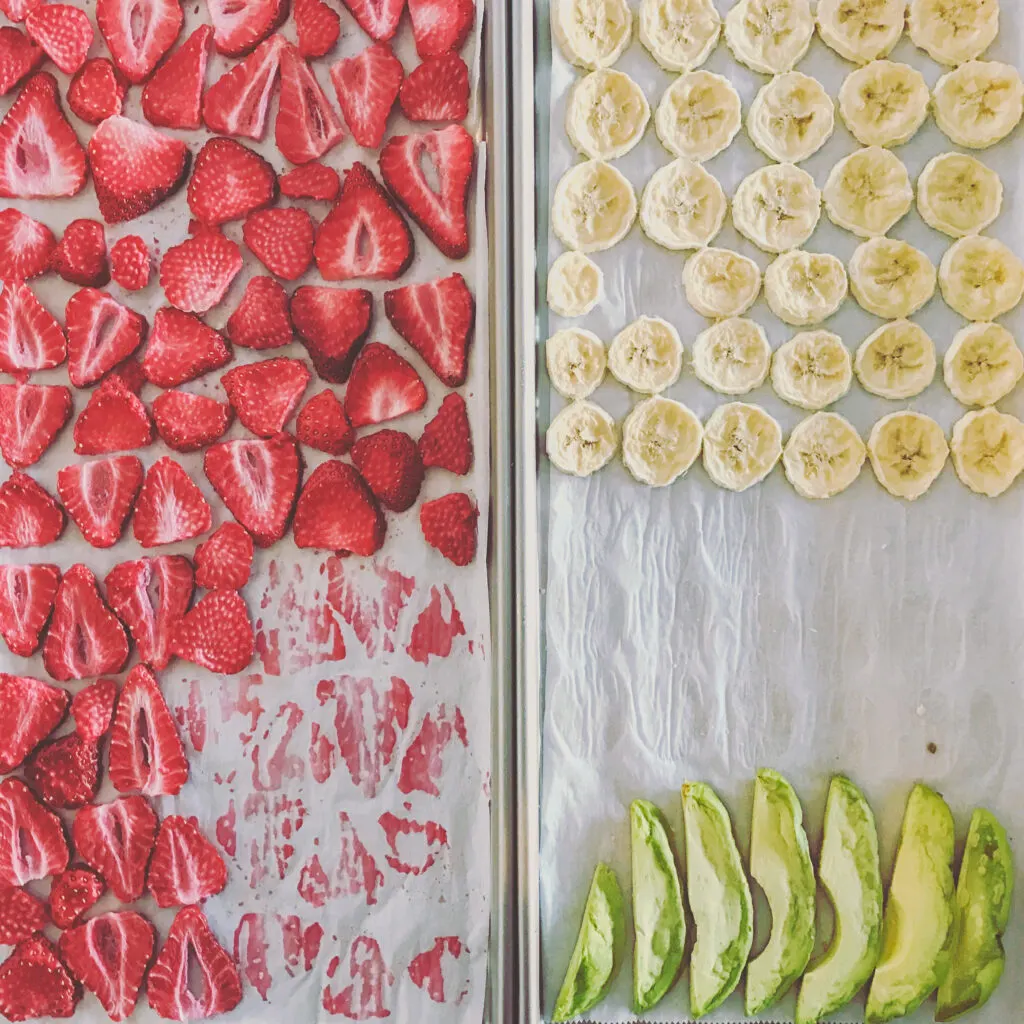
Compare the photo above and the photo below. Up above are strawberries, bananas, and avocados after being freeze-dried, with the fresh produce on the trays int he photo below. Looks nearly identical. This is why I love freeze-drying, it preserves the flavor, nutrients, AND appearance. Also, as you can tell, it’s hard to get too far with the freeze-dried foods before little hands snag a bunch off the trays. They are addicting little snacks!
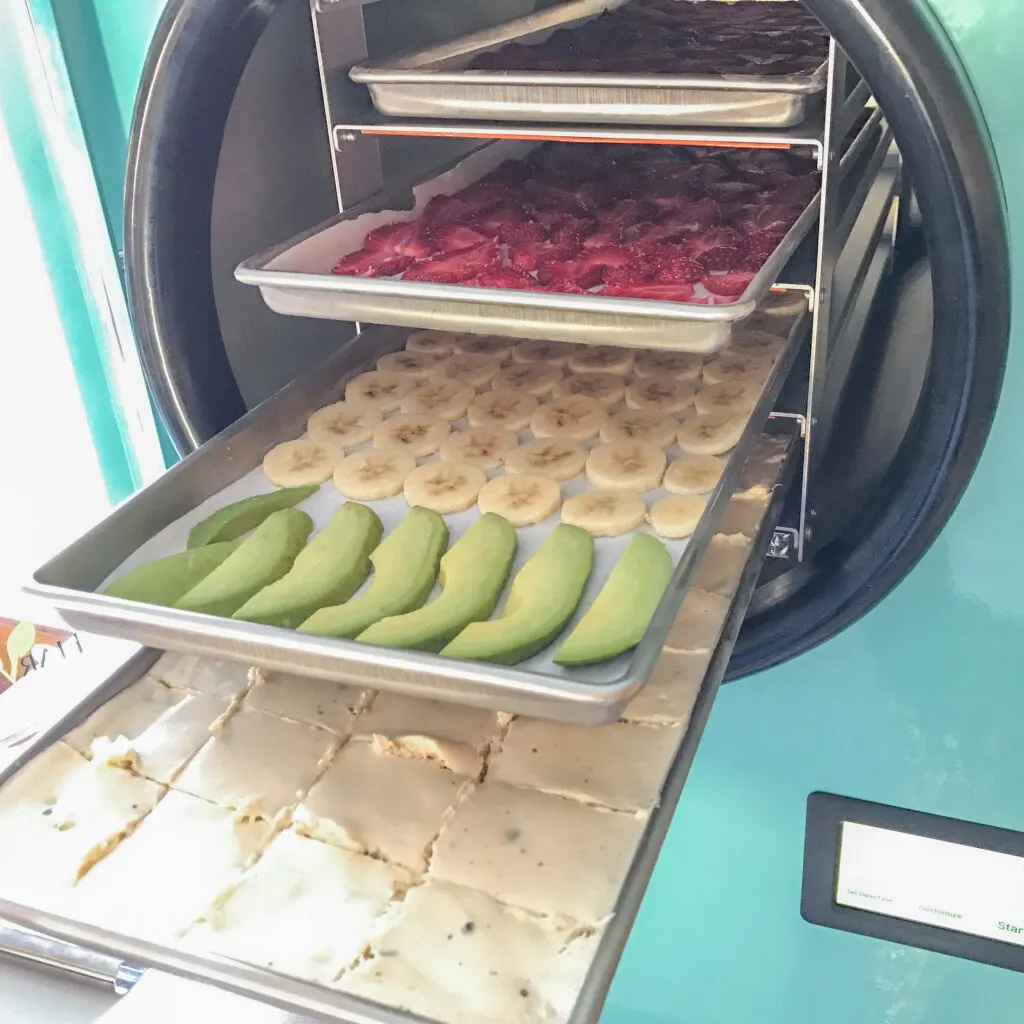
While I acknowledge that both dehydrating and freeze-drying have their benefits, I prefer to put my money, time, and energy into freeze-drying. The long-term benefits far outweigh those of dehydrating, and it gives us a much wider range of foods to eat in the long run. I do still dehydrate some items, but it’s mostly for fun and not for storage.
Thoughts, questions, feedback, ideas? Let me know in the comments!
Purchase An At-Home Freeze Dryer
We highly recommend Harvest Right Freeze Dryers for optimal food storage results. In addition to freeze dryers in 3 sizes, they also offer different vacuum pump options, as well as accessories to make freeze drying easier.

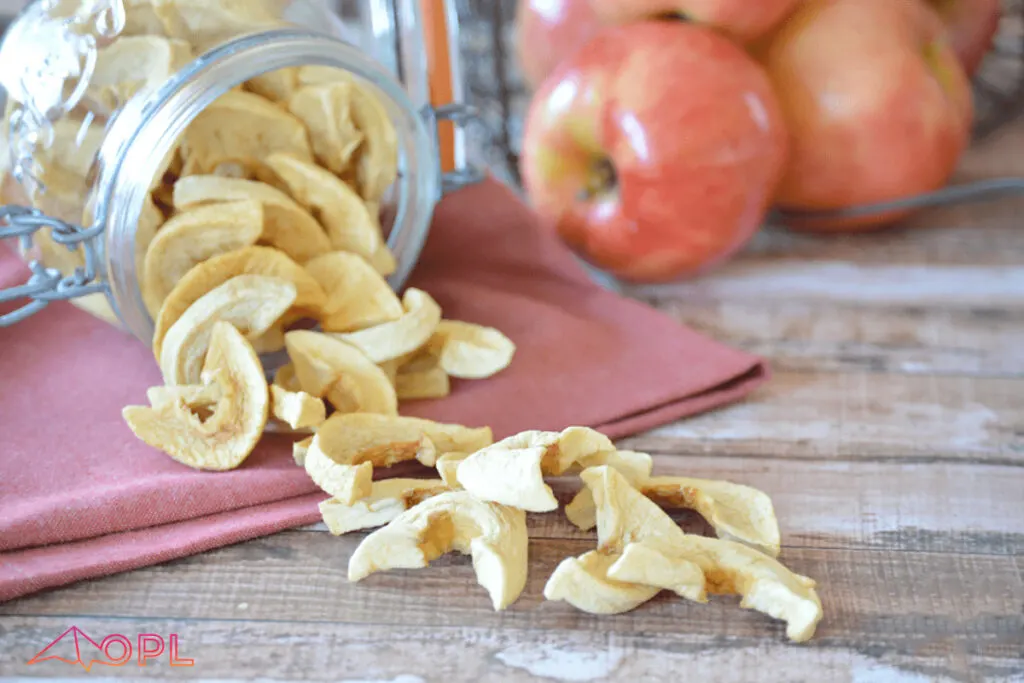
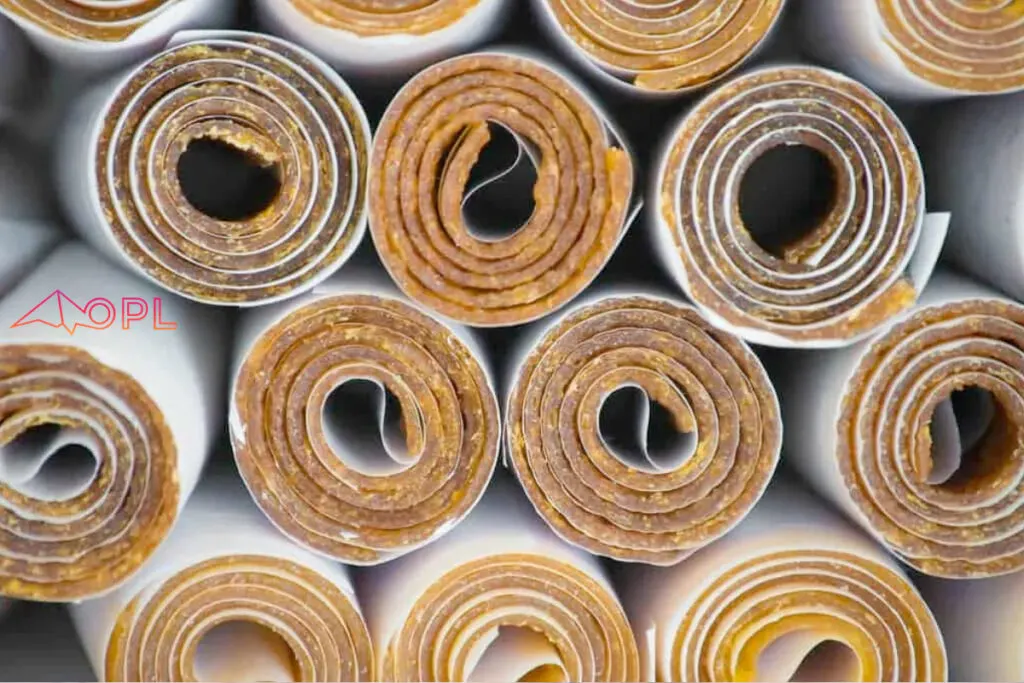
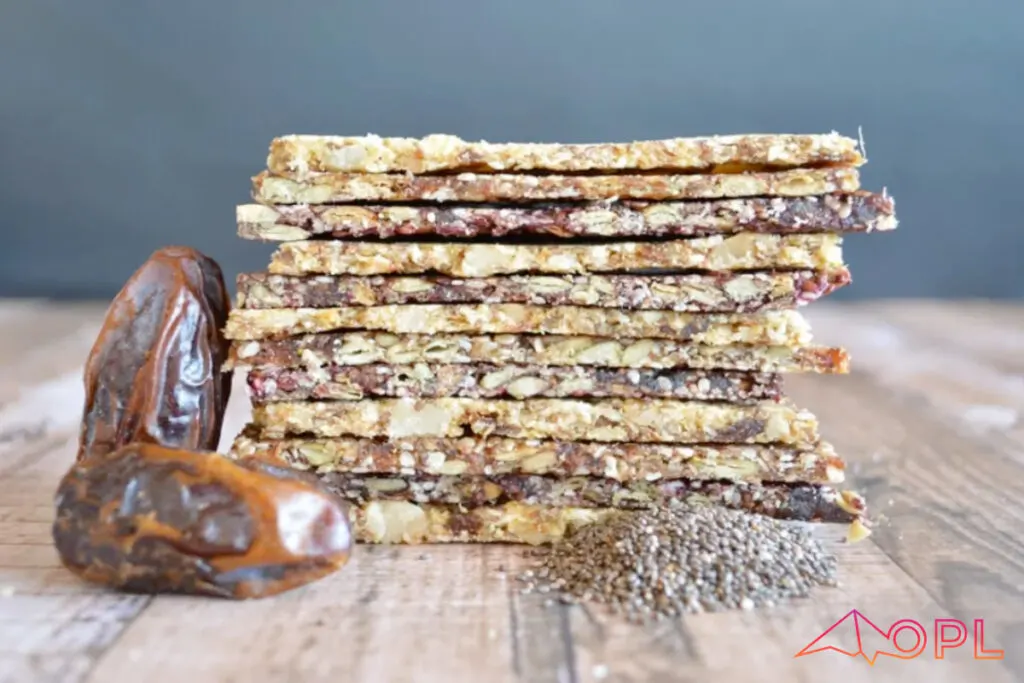
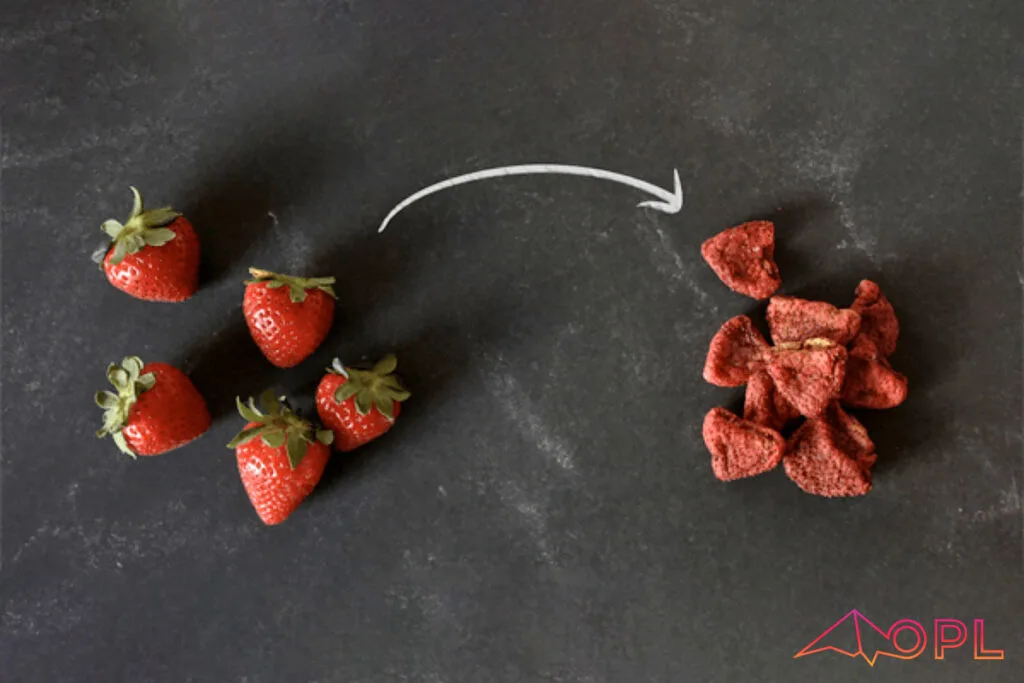
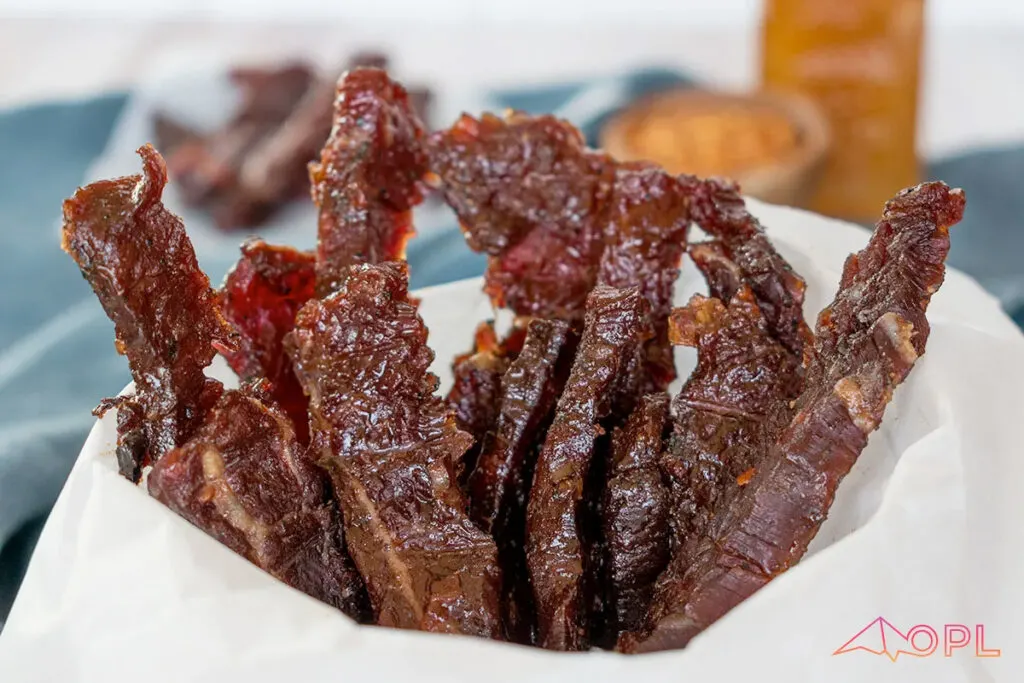
Sbobha
Monday 2nd of December 2024
Wow, I didn’t realize there was such a difference between freeze-dried and dehydrated foods until now! Thanks for sharing all this info—definitely going to experiment with oxygen absorbers next time! 😄" Oxygen absorbers are a game changer for food storage! I prefer freeze-dried meals because they seem to retain their nutrients better over time. What do you all think? 🤔💚"
Richard Smith
Monday 12th of September 2022
You can freeze dry watermelon also 🙂
Kendra Benson
Monday 17th of October 2022
Absolutely, but it takes a very long time and doesn't turn out too great, in my opinion.
Twila Marie Millercochran
Friday 24th of June 2022
Thank you I love the ideal and I am going to do it.
Roberto
Sunday 29th of May 2022
Great information. Thanks! Question: in regards to freeze drying, can we use our Food Saver to seal the mylar bags, and if so, do we vacuum the bags or bypass the vacuum and simply seal? Also, if we use the vacuum feature, do we still need the oxygen absorbers?
Kendra Benson
Sunday 29th of May 2022
Yes, you can definitely use the vacuum sealer. I’ve used it on both jars (with the attachment) and bags. I do ad OAs to all jars and bags as well.
Barb
Friday 8th of April 2022
I get that water is used to rehydrate the freeze dried food, but HOW and HOW MUCH?
Kendra Benson
Sunday 10th of April 2022
It depends on the food. The best way to know is to weigh the food before it is dried, then weigh the water that is drained after freeze drying. You’ll know exactly how much water was taken out, therefore exactly how much water should be put back in. In most cases, lukewarm or slightly warm water rehydrates the best.